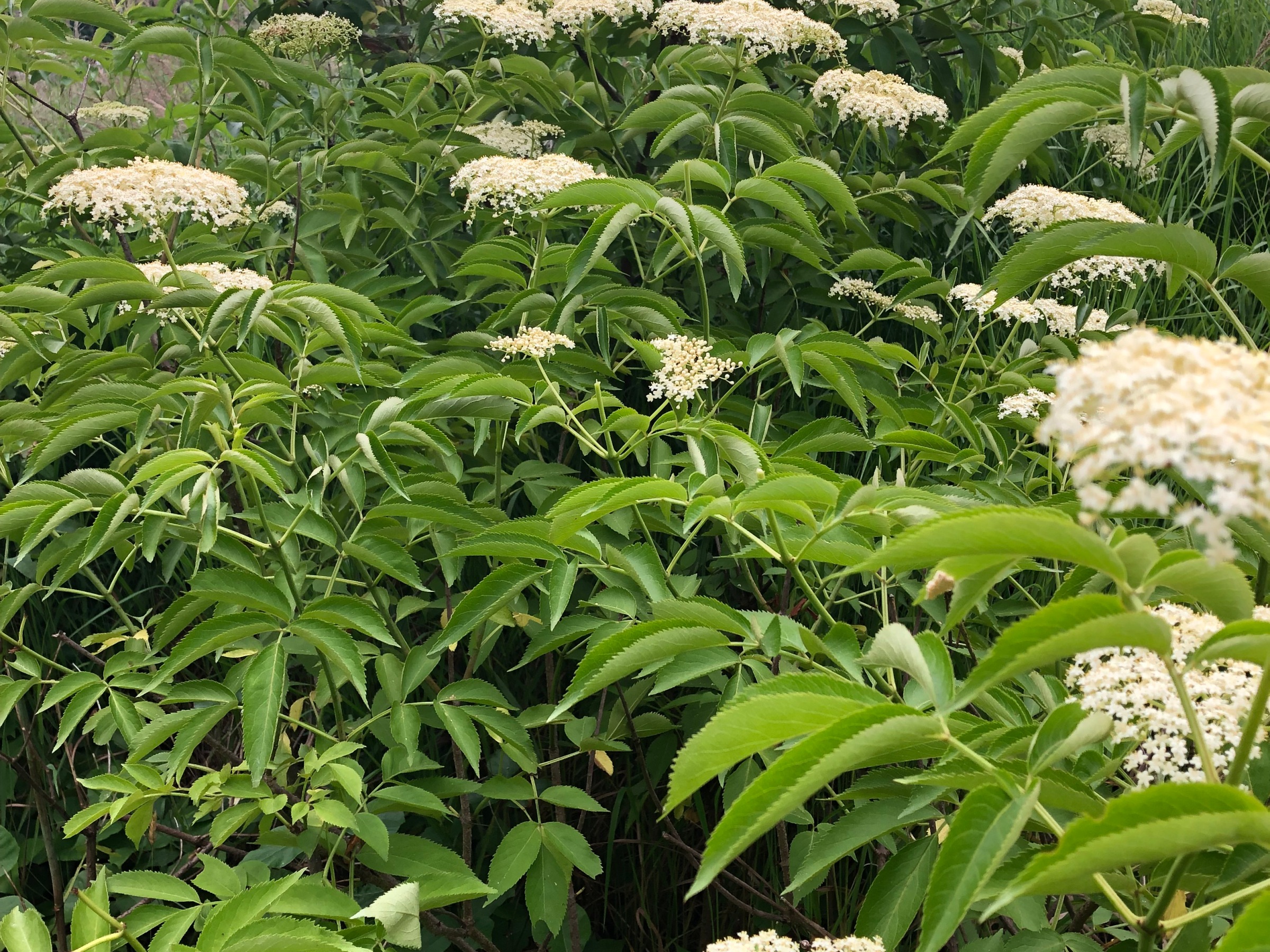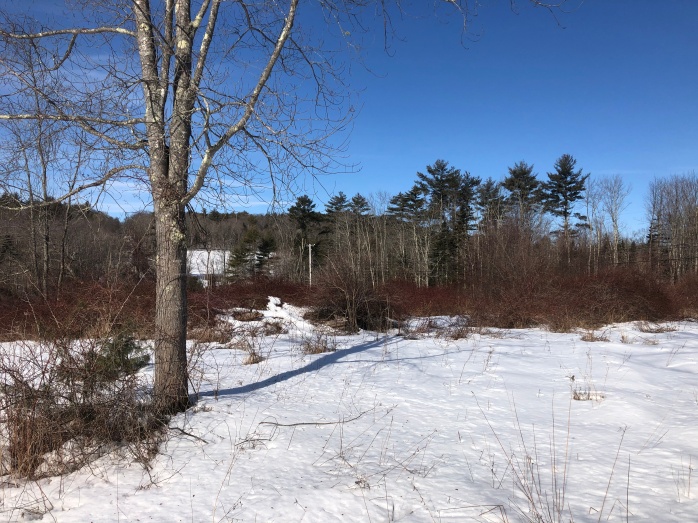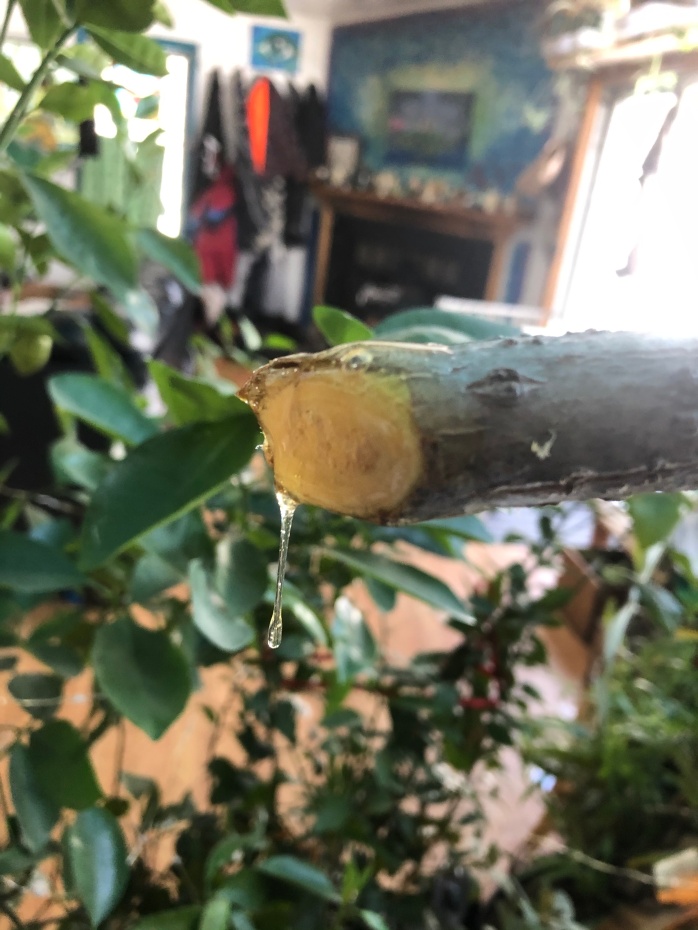Wicked Rural Homestead
Live Simply
Stalking Plants

I have been tracking elder plants in my area over the last few years. A lot of the time I visit them, just to say “hi”, and I would be lying if I said that this behavior was pandemic related. It’s been like this for a while now. Out of the dozens of patches and plants I watch, only a handful of them will be harvested. Last year was a sad one on the elder front, we had a drought in Maine and New Hampshire and these water loving plants suffered mightily.
Adding to the problems faced by these amazing beings, is that they are slow growing and incredibly fragile. The woody structures are hollow and snap like dry twigs even during the high season when they are full of life. I bet in southern parts of the country they grown much quicker, but harsh New England winters make that difficult. They love having “wet feet” and this affinity for water means they often grow on the side of the road in runoff ditches and are subject to mowing in the summer and plow damage in the winter. Even a head high bush can be mowed to the ground with ease. Every August I find myself mourning my friends, destroyed and torn asunder along with the grasses and brush. Erasing years of hard earned growth in seconds.
In a natural situation this breakage is a means of propagation but it seems that when assisted by man this possibility fades. When they are mowed the branches are chipped and damaged too much to come back and damage by plows happens at a time of year when the broken bits will die before spring.
Of the dozens of shrubs I track, many are rendered inaccessible by either location or the plants that surround them. Often the road side patches are edged with poison ivy and I don’t dare try and make it through. Two summers ago, I notices a huge elder in the middle of a field close to our house. The field is full of wicked brambles and during the summer harvest, a sea of hip high, tick laden grass fills the spaces between gnarled, sickle throned brambles and poison ivy. I have admired it from afar for a while now.
The other day, I set out to visit one of the other poison ivy encased patches to get some clippings and as I passed the field I could see clearly that the recent storms had snapped off a huge section of the elder in the middle. Since there was still a foot or so of hard crusty snow on the ground I set off, weaving through the brambles in hopes that there might still be a chance the broken section was living.
There is a lot of lore around elder plants. Many European people throughout history believed that this tree was inhabited by the ‘Elder Mo’er’ or mother. She was considered the spirit of the tree that provided much useful medicine and food and so needed respect. Cutting an elder should be done only after asking permission, leaving an offering, and preformed with the utmost care and respect. Supposedly, it is also bad luck to burn it.
I was right about those brambles, even bound by snow getting through them was difficult, a single runner across your path promised to catch you quickly, and cut you if it could. As I approached I saw the brambles were woven though this plant, protecting her very well. I worked carefully and still get stabbed quite a few times for my effort. I was so excited to have stumbled across naturally parted branches for my day’s mission, I didn’t have to cut a thing.
I scratched the thin outer bark of each branch in turn, and was elated to find many of them still green and viable, including the huge broken section. At one point every time I used my finger nail, it left a dot of blood from my thorn pricks. I felt this was a fair trade for the possibility of so much medicine. I am sure I was an interesting site off this rural, but busy road. Trudging through the snow with a huge bundle of sticks and then carefully loading them into the car where they filled up most of the inside space, from front seat to back.
My family was only mildly surprised when I came through the door with a small tree. Since we already have a banana tree, two citrus trees and a small army of other indoor plants inside, I thought there was no real harm in adding to the indoor plant patch. I cut all the shattered ends of the branches and dipped them in honey for good measure. I can’t remember where I heard about dipping clippings in honey, but it felt right so I did it.
I mean, doesn’t raw honey make everything better?
I set the biggest of the branches near the sliding glass doors and added the smaller cuttings to the batch in the bathroom. Where many of my earlier clippings have already started to grow.
Admittedly it takes up a fair bit of real estate in our 1000 square foot house, but I regret nothing!
I am lucky my husband has a similar propensity for large indoor plant projects and can’t really gripe too much about our new friends. For the rest of the day he could only shake his head when he caught me staring at the new addition with a grin on my face.
This morning I saw the beginning of growth on many of the little nodules!
Here’s to new beginnings from shattered remains of a harsh season gone by. The green world has been such a powerful outlet during this pandemic and it was nice to feel like today, I might have given something back. A possibility of continued life for a plant broken from its roots and at the mercy of a frozen world.
Long may she grow.
Be well.







Thank you for rescuing these plants ❤
And for sharing this story full of hope and wonder
LikeLiked by 2 people
Thank you for reading!
LikeLiked by 2 people